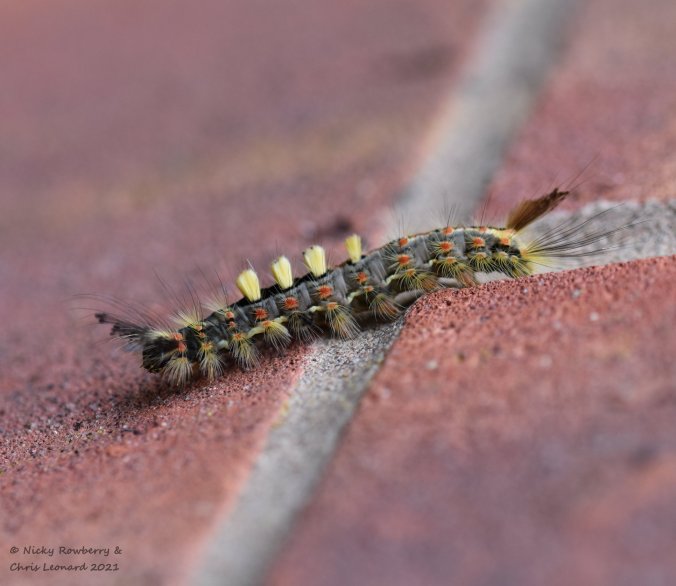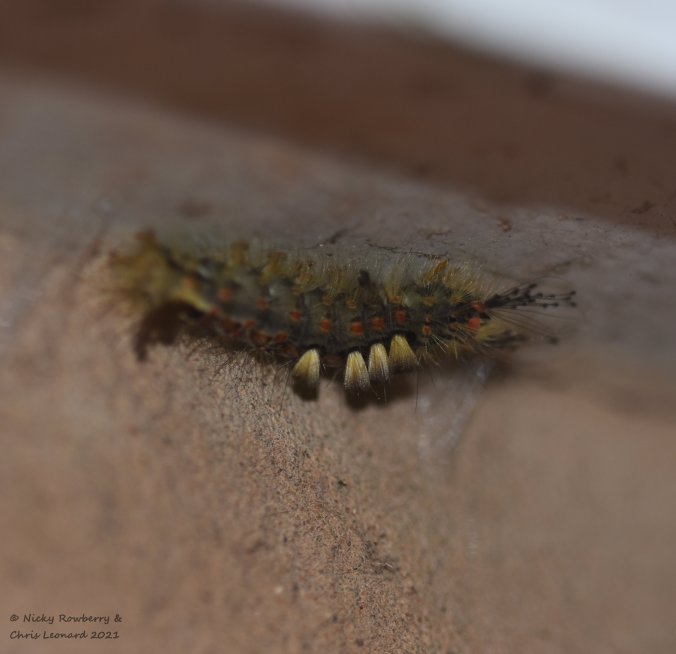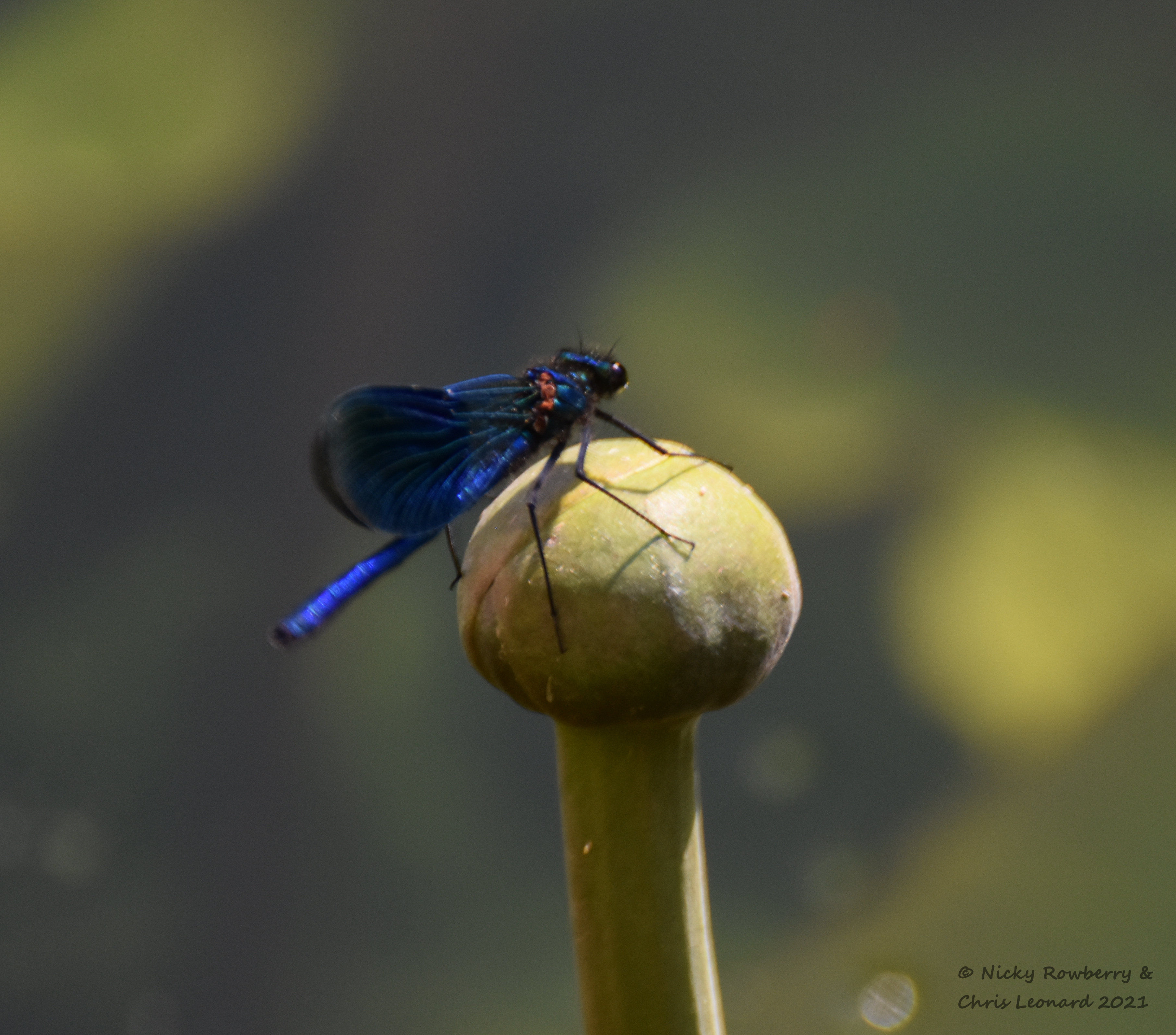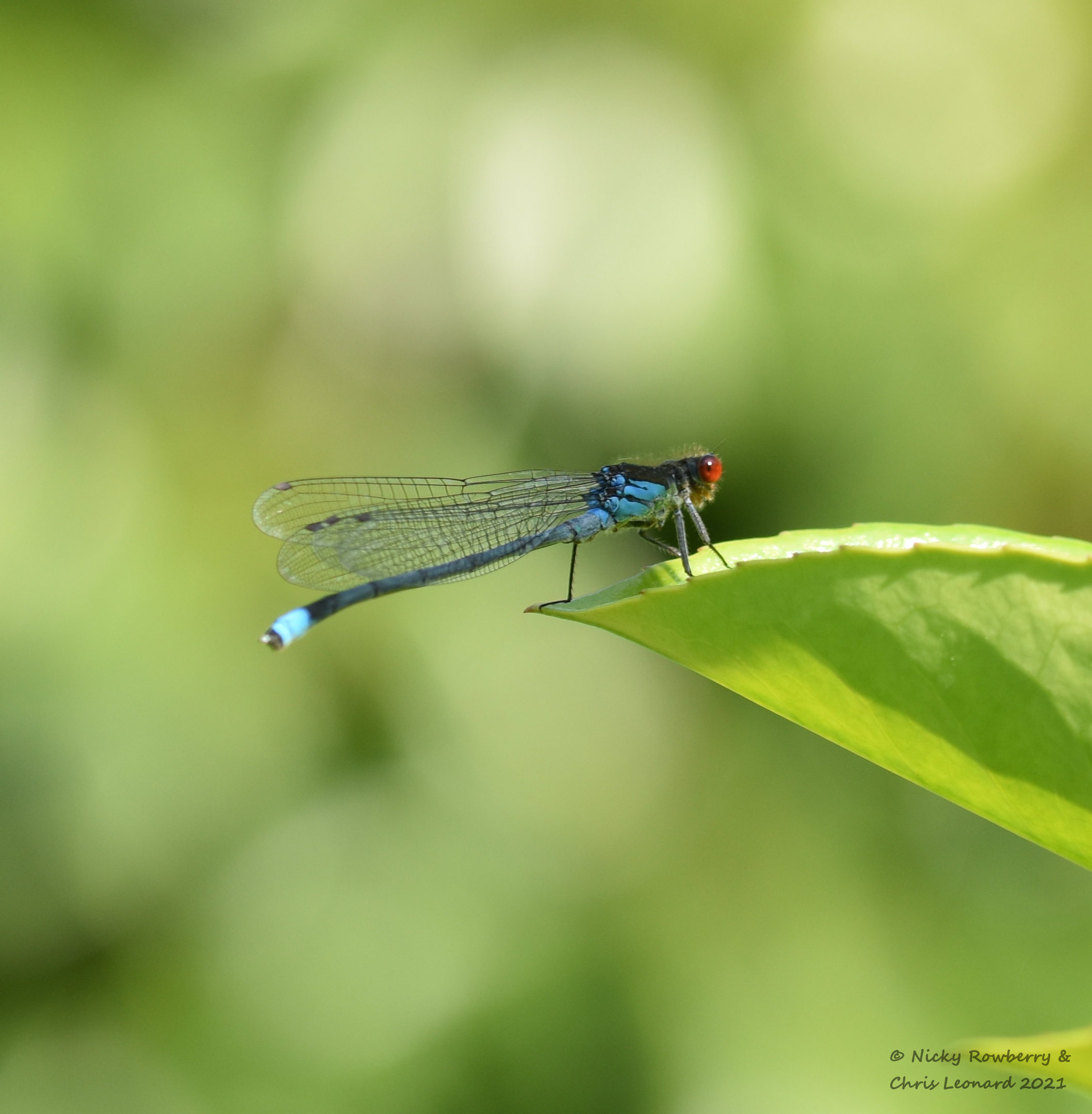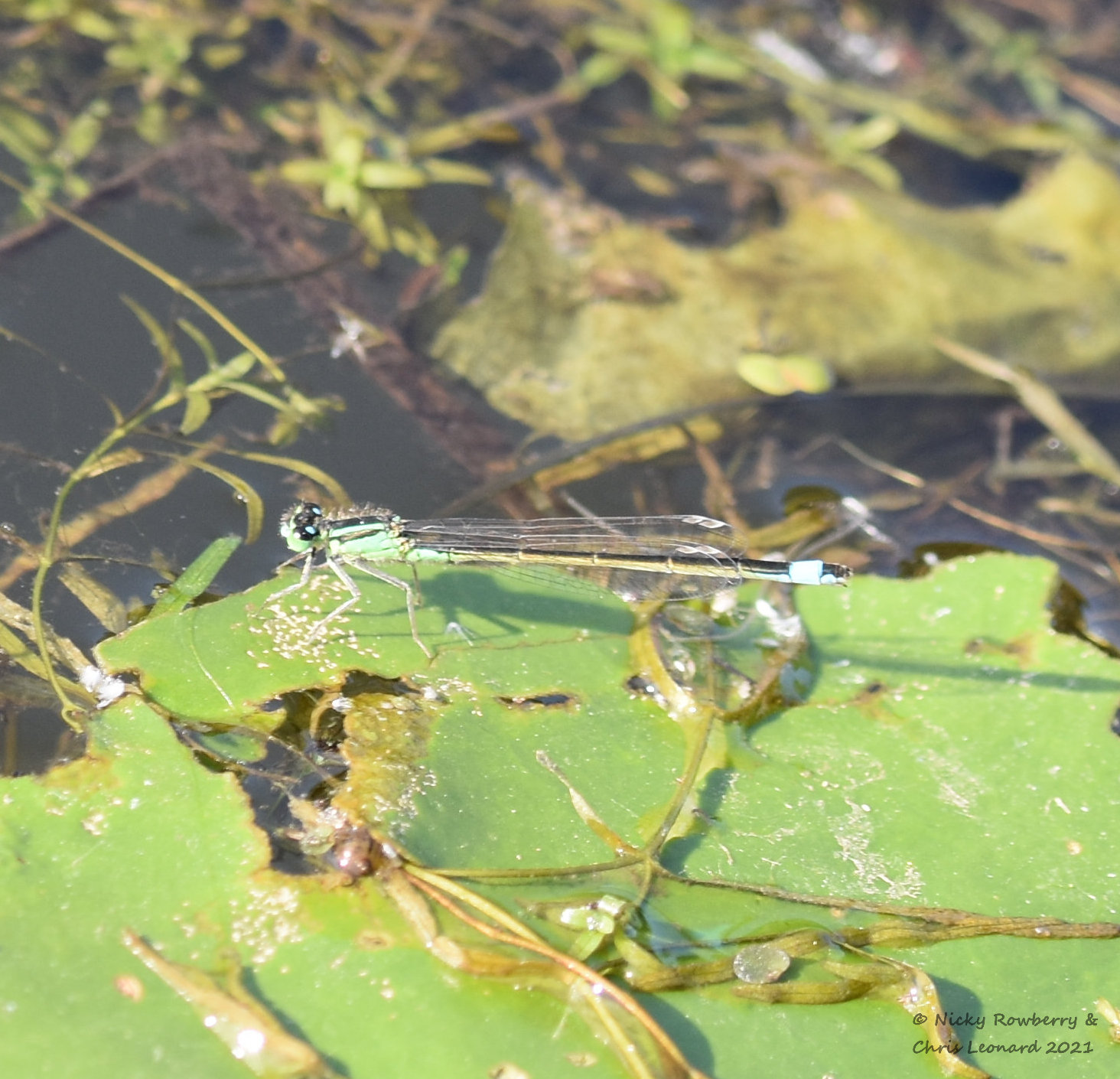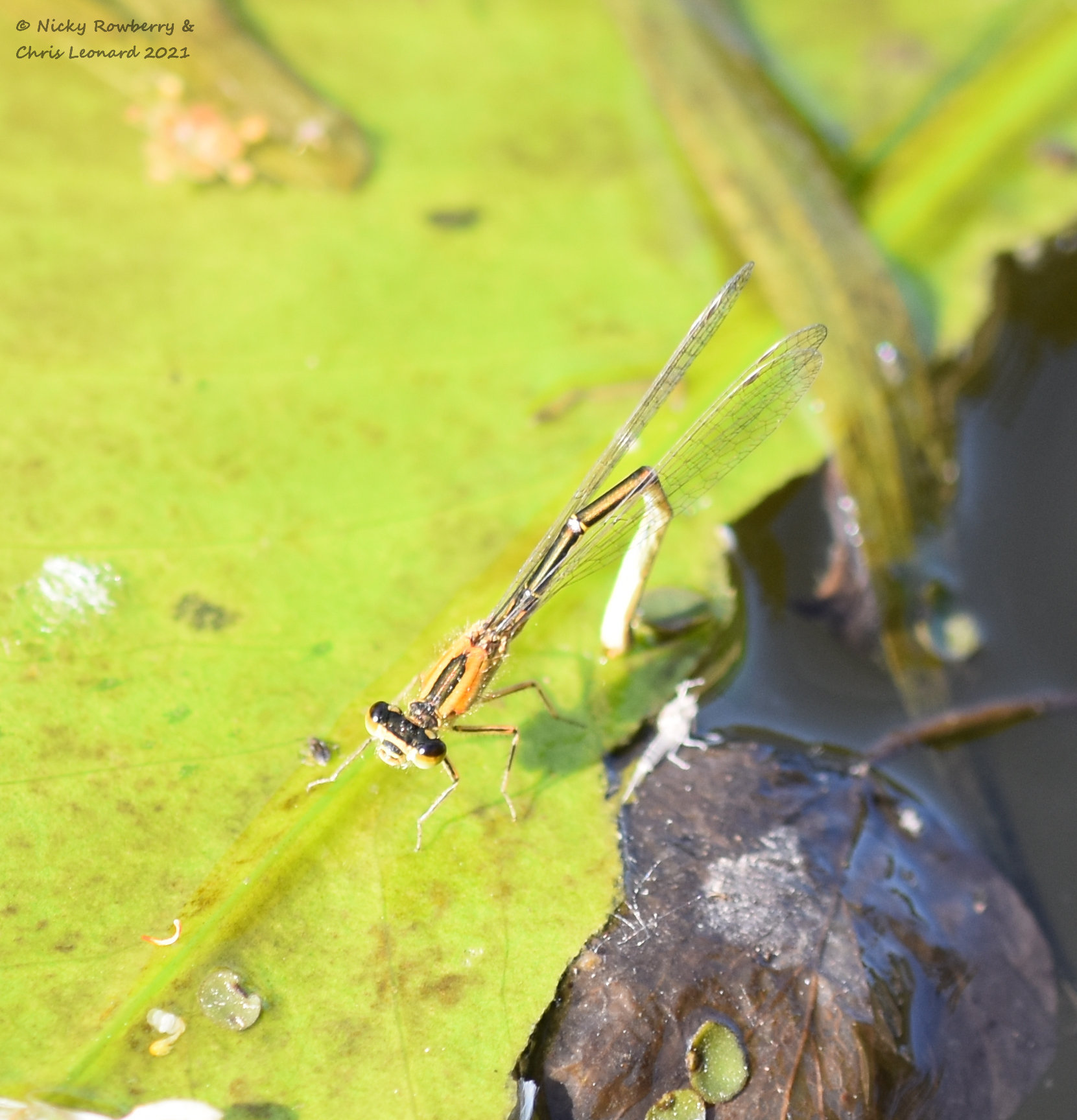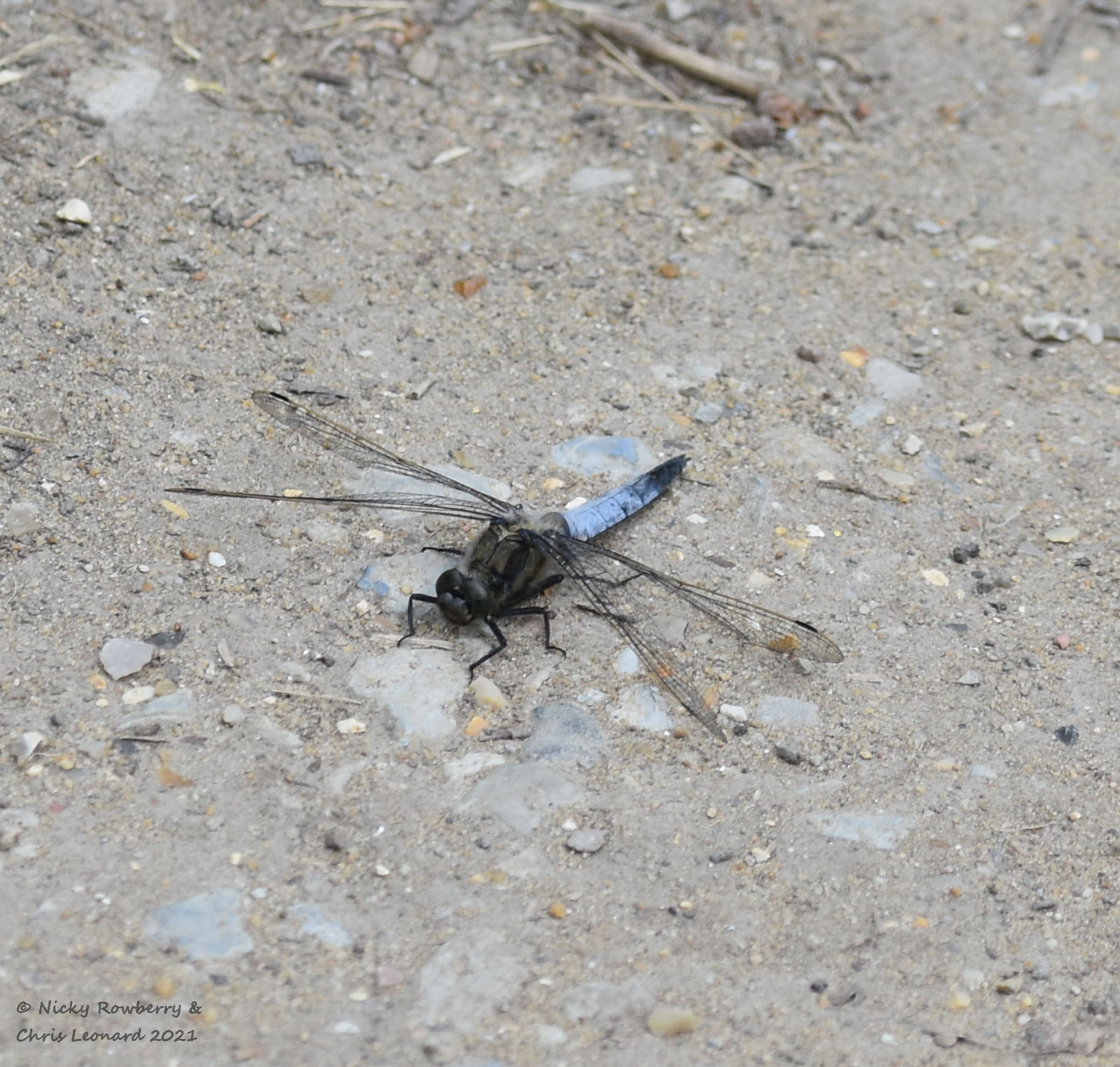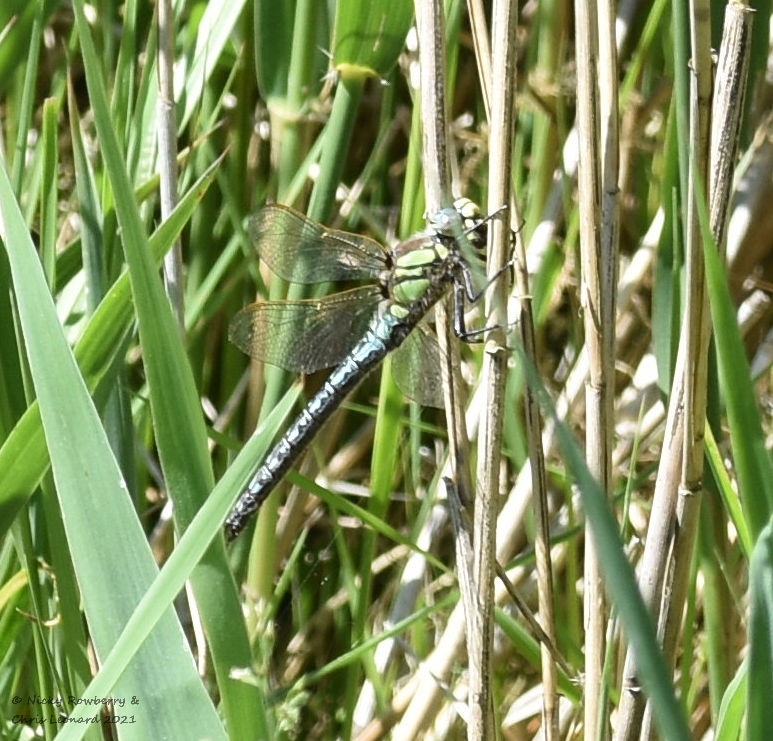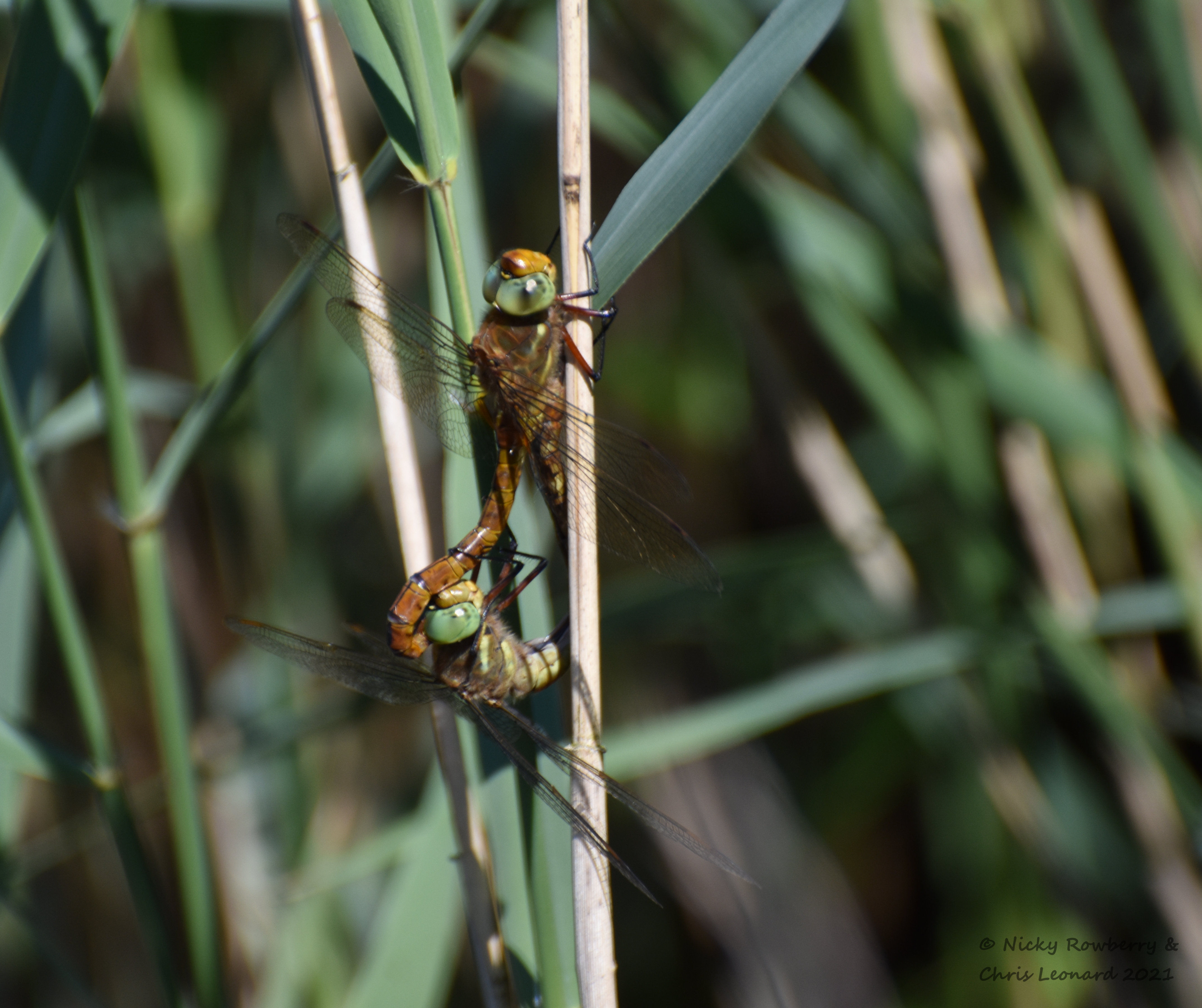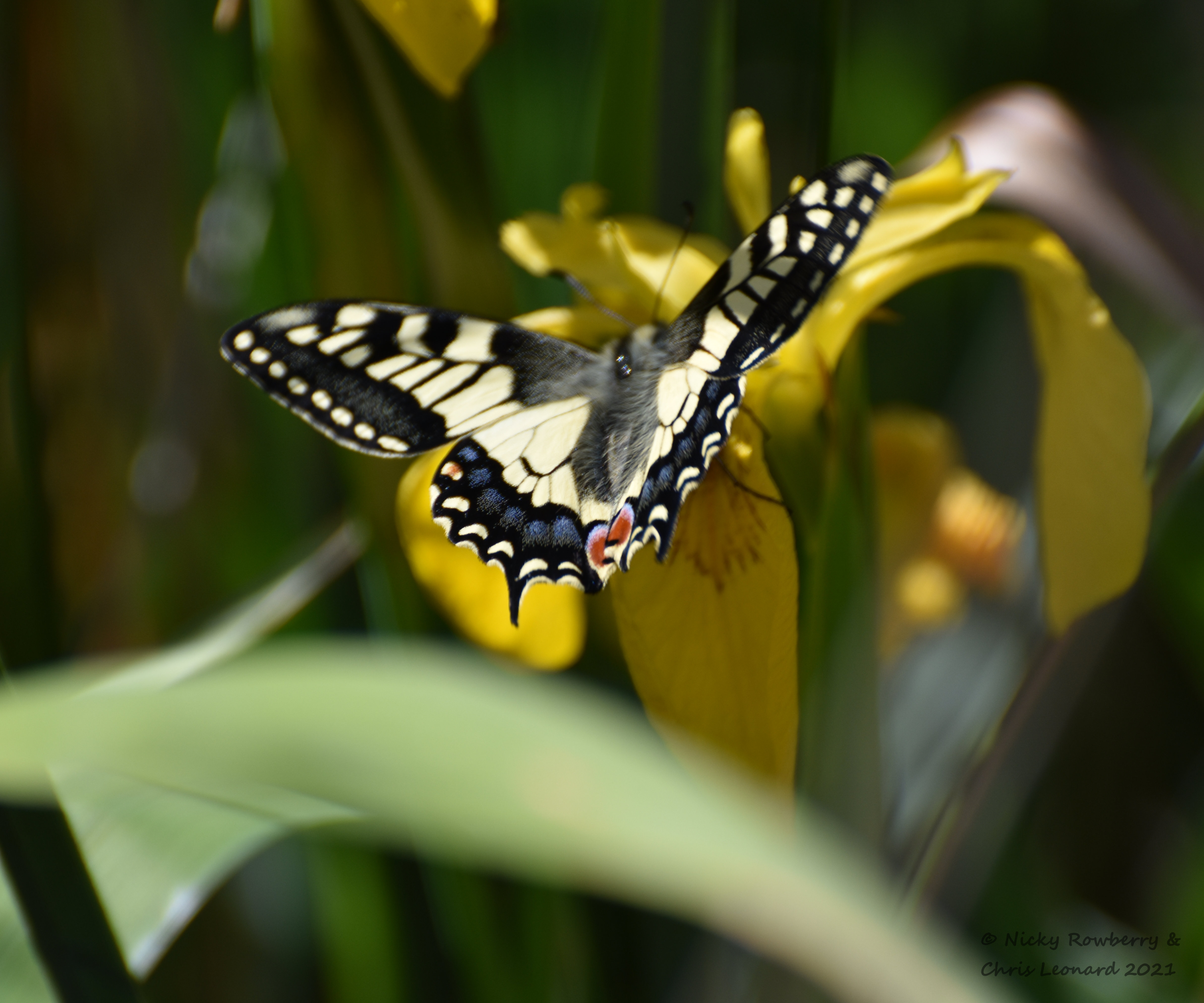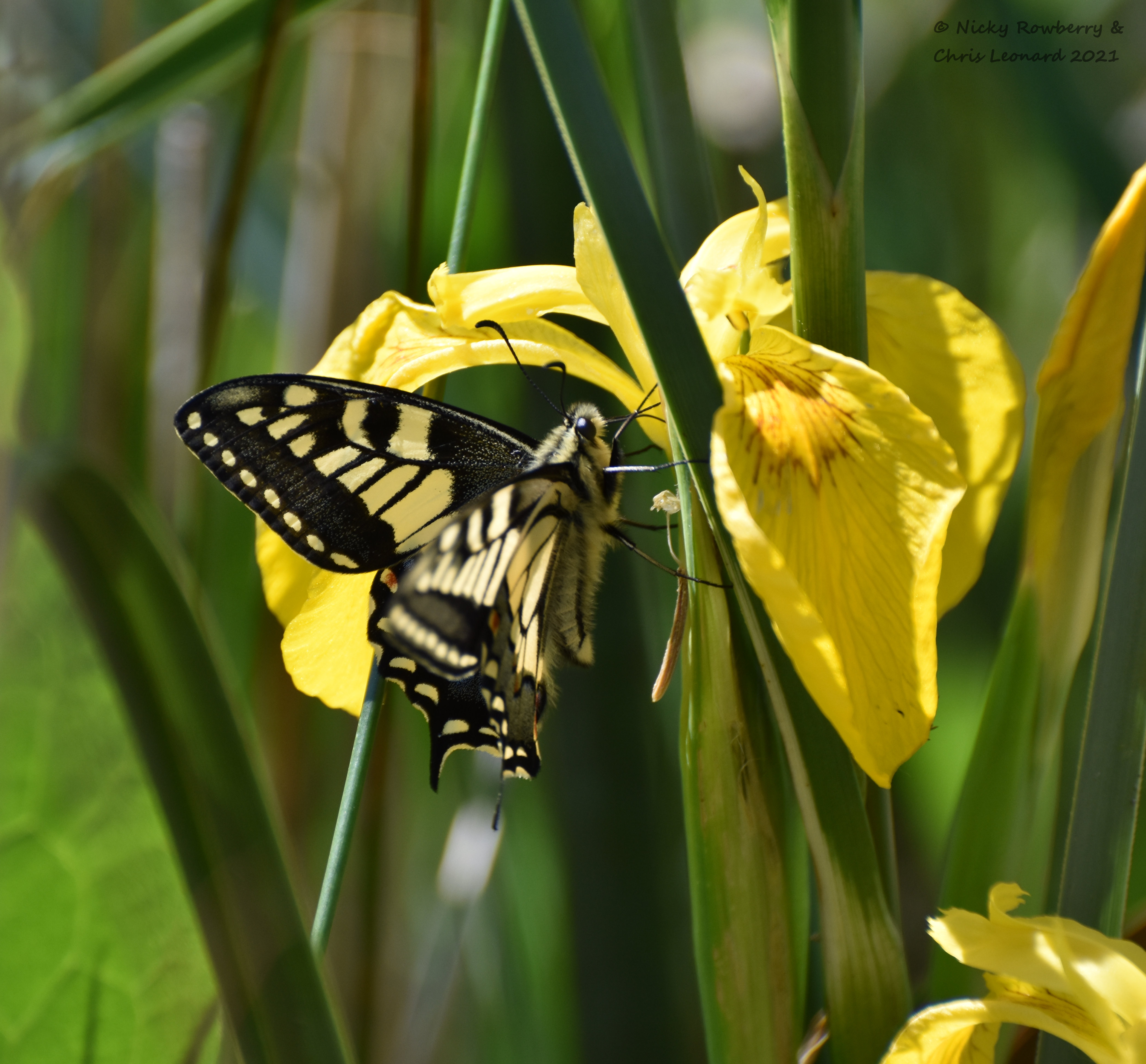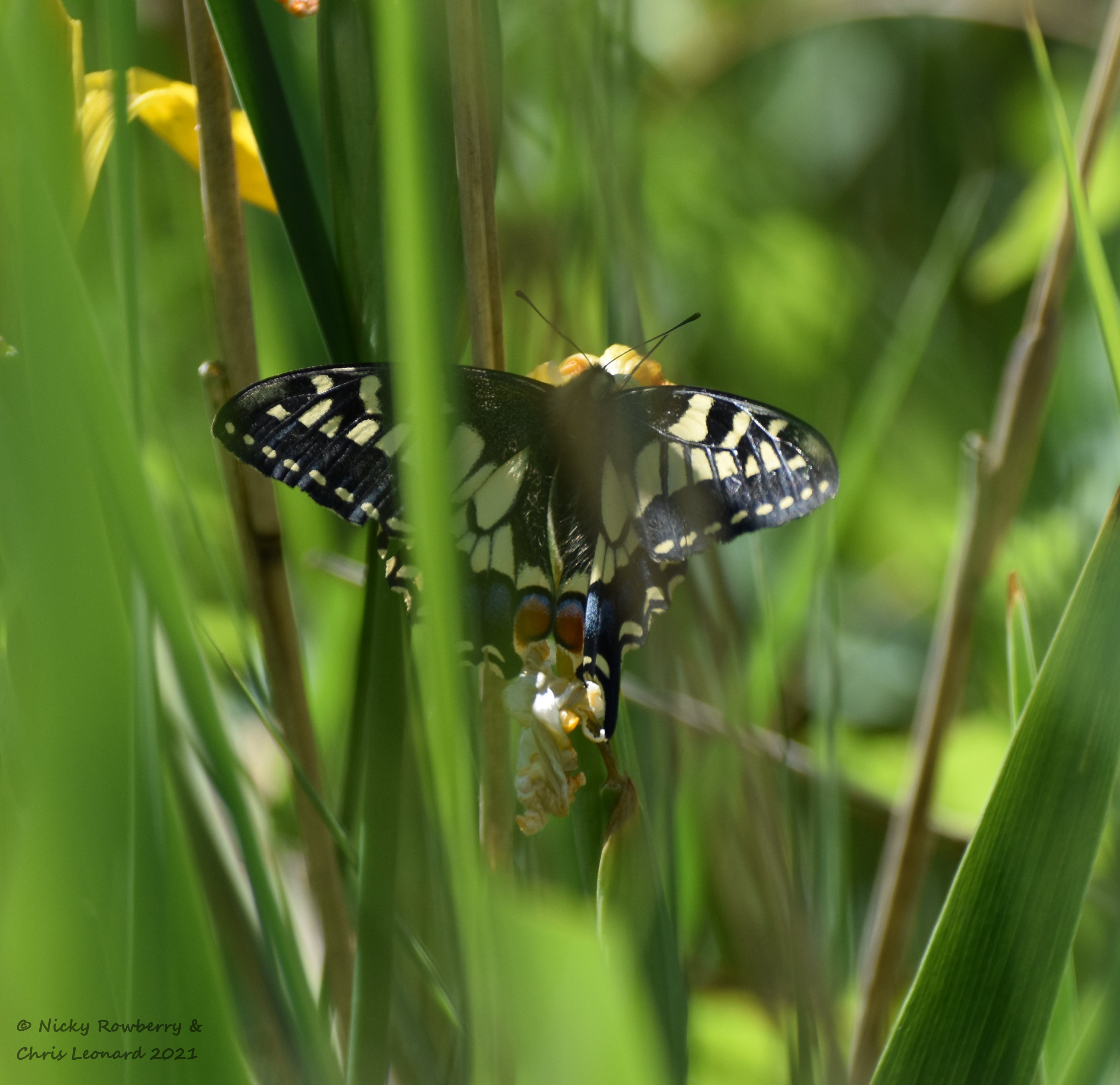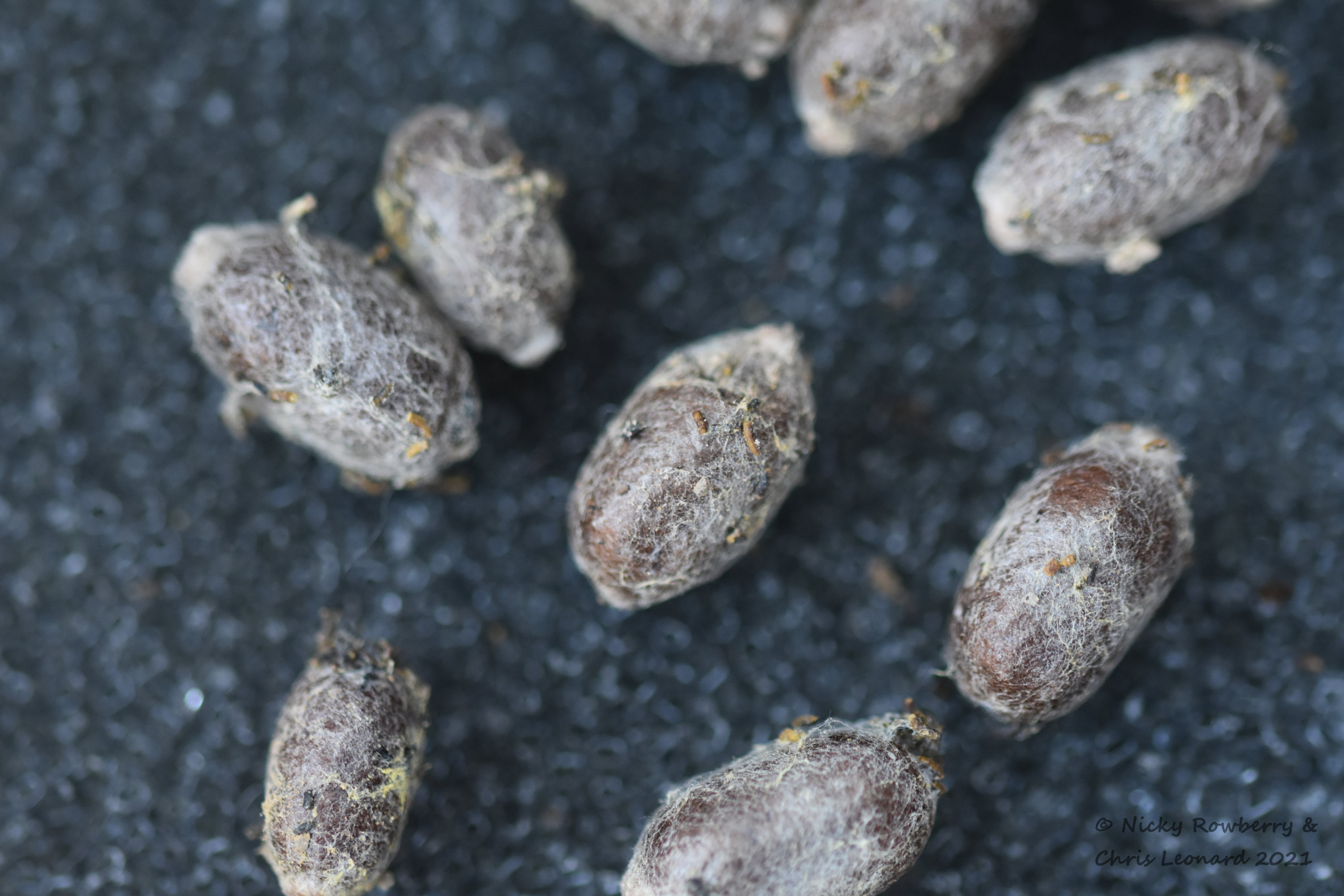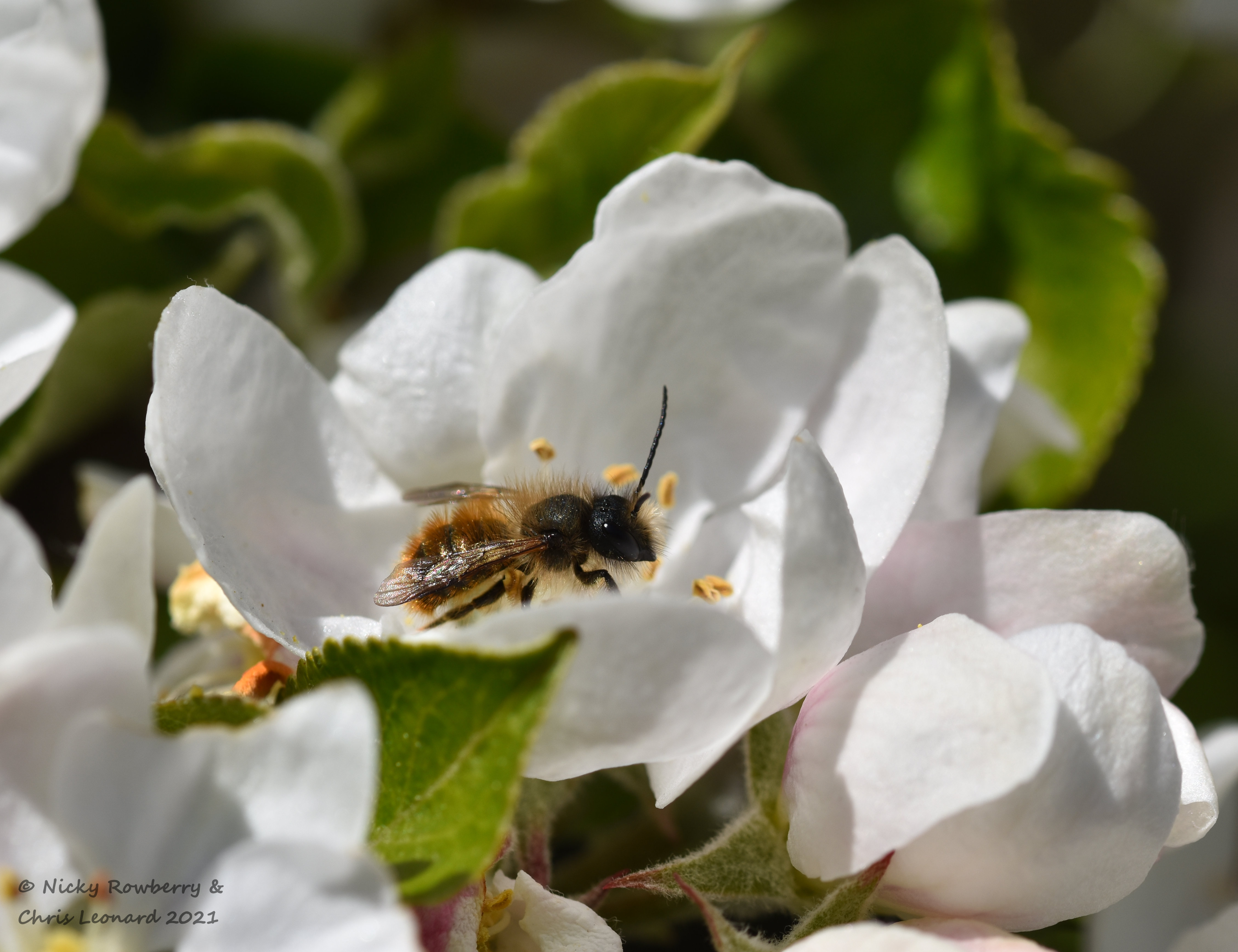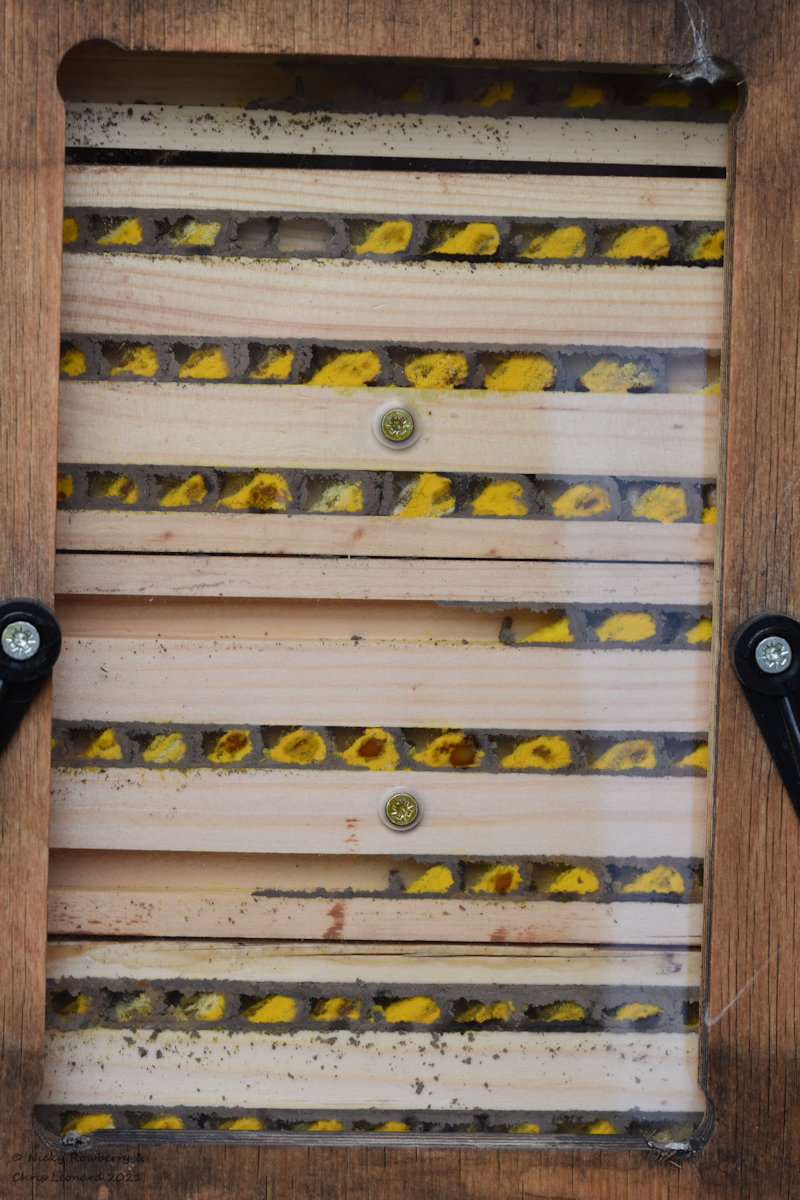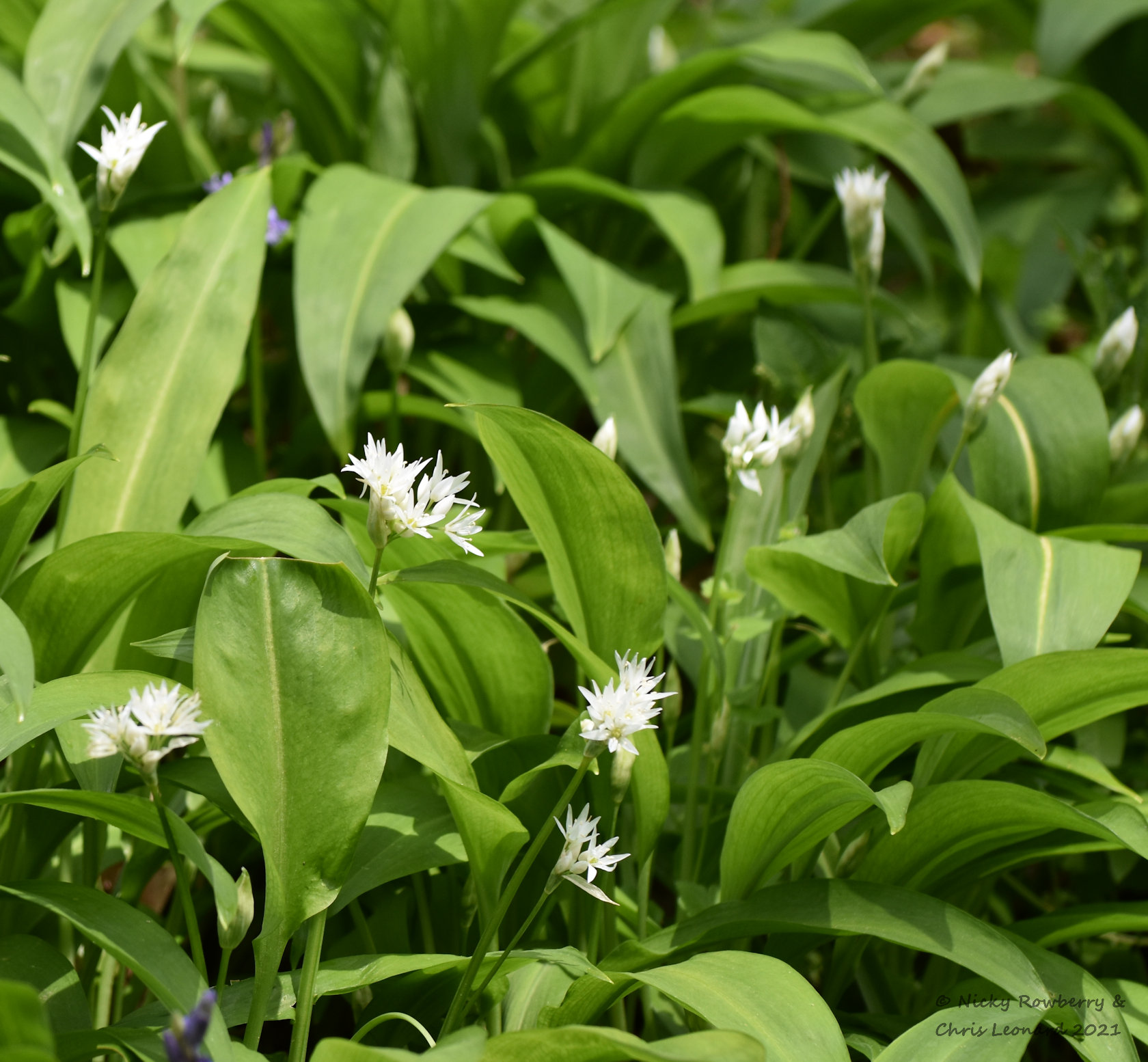Yes we’re creeping ever closer (albeit at snail’s pace) to our target of seeing all 58 species of butterfly in mainland Britain! Last week we had a lovely holiday just south of the Lake District near a village called Silverdale. As well as enjoying a relaxing week, our aim was to see 2 new species of butterfly – the Northern Brown Argus and the Mountain Ringlet.
The weather at the beginning the week was not on our side – grey skies, cooler temperatures and blowing a gale – not ideal butterfly spotting conditions. But after a couple of days, things had perked up enough to have a go for the first species – the Northern Brown Argus. We tried a couple of sites – Warton Crag nature reserve & Jenny Brown’s Point in Silverdale with no luck. Arnside Knott, a hill nearby, was going to be our next attempt, but we weren’t sure whereabouts on the hill to look. Then a stroke of luck on Facebook – someone had seen these butterflies at Arnside Knott the day before and very kindly posted a google map shot with the spots marked on.  We headed over and it was as if the butterflies had seen the FB post too – they were spot on for the map location.
We headed over and it was as if the butterflies had seen the FB post too – they were spot on for the map location.
Finding them was one thing, but photographing them was another. They were very small and very fast. The first one we snapped was barely a record shot – enough to confirm it was indeed a Northern Brown Argus.
An hour or so of chasing butterflies madly around in the sunshine and we managed a few more respectable shots. On the upperside of the wings you can see the dark dot with the white outline which marks it out as a Northern Brown Argus (the dot and of course the location this far north).
On the underside of the wings, the forewing is missing a black spot near the base that would have made it a Common Blue.
No. 54 proved relatively painless in the end, but no. 55 was going to be more of a challenge. The Mountain Ringlet, as the name suggests, likes to live up hills – big hills! It is the UK’s only montane butterfly and I am not a montane kind of woman! But there was going to be no other way than to climb, so climb we did – up Irton Fell in Cumbria. Most of the people we met that day also seemed to be looking for the same butterfly, so at least we knew we were in the right place. It nearly killed me, but it was worth it – for the butterflies and the views.
As with the Northern Brown Argus, the Mountain Ringlet is small and fast. Fortunately its chocolate brown colour stood out well against the grasses and heather when it was flying; but once it went down into the grass it was virtually impossible to find. We saw quite a few of them but most eluded the camera. Most of our photos were like this – blurry, but just about recognisable as a Mountain Ringlet – all hastily taken before it shot off again.
But eventually, as we’d started to turn back down hill, one stopped long enough to get a decent photograph; butterfly no. 55 had been ticked off the list.
We’re unlikely to manage any more new species this year, so for now we will remain 3 short of our goal – the Lulworth Skipper, the Scotch Argus and the Chequered Skipper will have to wait another year.
























